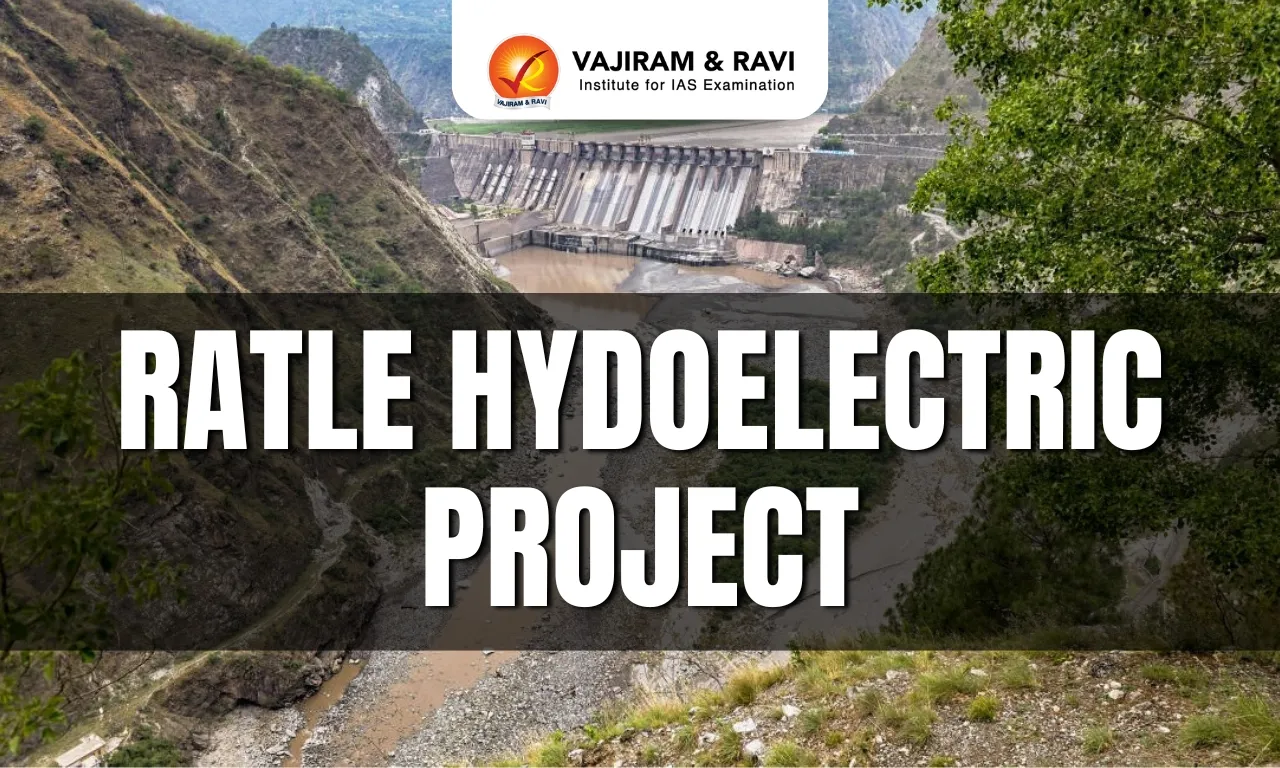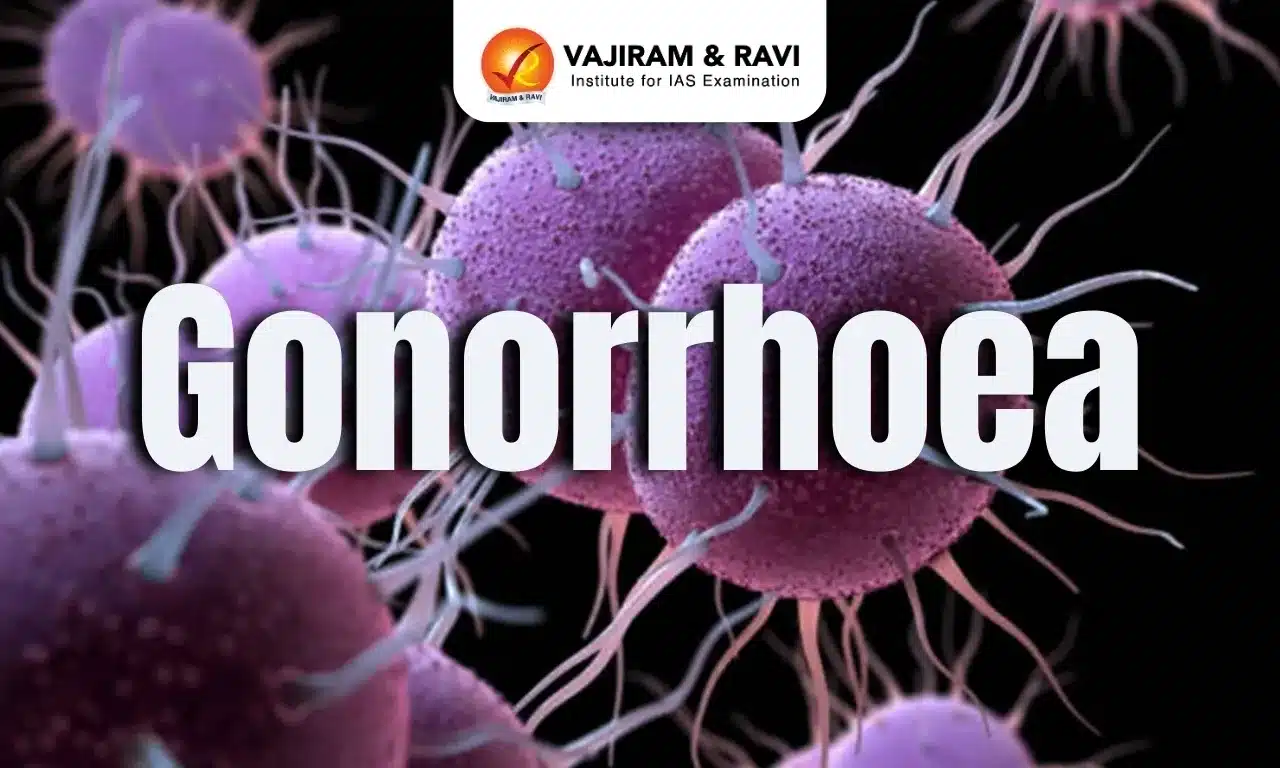About Nanobubbles:
- Nanobubbles are 70-120 nanometers in size, 2500 times smaller than a single grain of salt.
- They can be formed using any gas and injected into any liquid.
- Nanobubbles have unique physical and chemical properties and are superior to other aeration methods.
- Therefore, nanobubble technology is used in a variety of applications, including water treatment, agriculture, aquaculture, food processing, and other industrial areas.
- Properties:
- Large Surface Area: Nanobubbles have a high surface area to volume ratio, allowing for a greater amount of gas to be in contact with water. This, combined with their ability to remain suspended in water due to their small size and high buoyancy, results in increased gas transfer efficiency between the gas and water phases.
- Brownian Motion: Nanobubbles stay in the water for a long time. This unique feature enables nanobubbles to provide a homogenous distribution of oxygen throughout an entire body of water and dissolved oxygen levels are maintained for a very long time.
- High Oxygen Transfer Efficiency: Nanobubble can efficiently deliver oxygen into water due to the very large surface area and their Brownian motion. Oxygen transfer efficiency with nanobubble is reached to around 90%.
- Surface charge: Nanobubble has a strong surface charge. This negative charge improves separation efficiency in the floating process. This feature floats more suspended matter than through conventional methods in the wastewater, oil, and gas operators.
- Benefits: Due to the various inherent physical properties of nanobubbles, the ability to transfer gas to liquid is very high, and thus has the following advantages.
- Improved Water Treatment: Nanobubbles can effectively remove organic pollutants, bacteria, and other contaminants from water.
- More Efficient Cleaning: Nanobubbles can penetrate surface pores and crevices, providing a more thorough cleaning that is effective against stubborn dirt and grime.
- Enhanced Agriculture and Aquaculture: Supplying oxygen nanobubbles to plants and aquatic organisms can improve their growth, health, and resilience. Nanobubbles can also enhance nutrient absorption, reduce the need for pesticides and other chemicals, and improve crop yields.
- Enhanced Oil and Gas Recovery: Nanobubbles can increase the efficiency of oil and gas recovery by improving the flow of fluids and reducing the amount of chemicals needed in the process.
- Improved Skin and Hair Health: Nanobubbles can help enhance the absorption of skincare products, leading to healthier skin.
Q1: What is Brownian Motion?
Brownian motion is the random motion of particles suspended in a fluid (a liquid or a gas) resulting from their collision with the fast-moving atoms or molecules in the gas or liquid. It was first observed by the Scottish botanist Robert Brown (1773-1858); this 1827 serendipitous discovery has sparked a plethora of important developments in many branches of science, fluids included.
Last updated on December, 2025
→ Check out the latest UPSC Syllabus 2026 here.
→ Join Vajiram & Ravi’s Interview Guidance Programme for expert help to crack your final UPSC stage.
→ UPSC Mains Result 2025 is now out.
→ UPSC Notification 2026 is scheduled to be released on January 14, 2026.
→ UPSC Calendar 2026 is released on 15th May, 2025.
→ The UPSC Vacancy 2025 were released 1129, out of which 979 were for UPSC CSE and remaining 150 are for UPSC IFoS.
→ UPSC Prelims 2026 will be conducted on 24th May, 2026 & UPSC Mains 2026 will be conducted on 21st August 2026.
→ The UPSC Selection Process is of 3 stages-Prelims, Mains and Interview.
→ UPSC Result 2024 is released with latest UPSC Marksheet 2024. Check Now!
→ UPSC Prelims Result 2025 is out now for the CSE held on 25 May 2025.
→ UPSC Toppers List 2024 is released now. Shakti Dubey is UPSC AIR 1 2024 Topper.
→ UPSC Prelims Question Paper 2025 and Unofficial Prelims Answer Key 2025 are available now.
→ UPSC Mains Question Paper 2025 is out for Essay, GS 1, 2, 3 & GS 4.
→ UPSC Mains Indian Language Question Paper 2025 is now out.
→ UPSC Mains Optional Question Paper 2025 is now out.
→ Also check Best IAS Coaching in Delhi

















